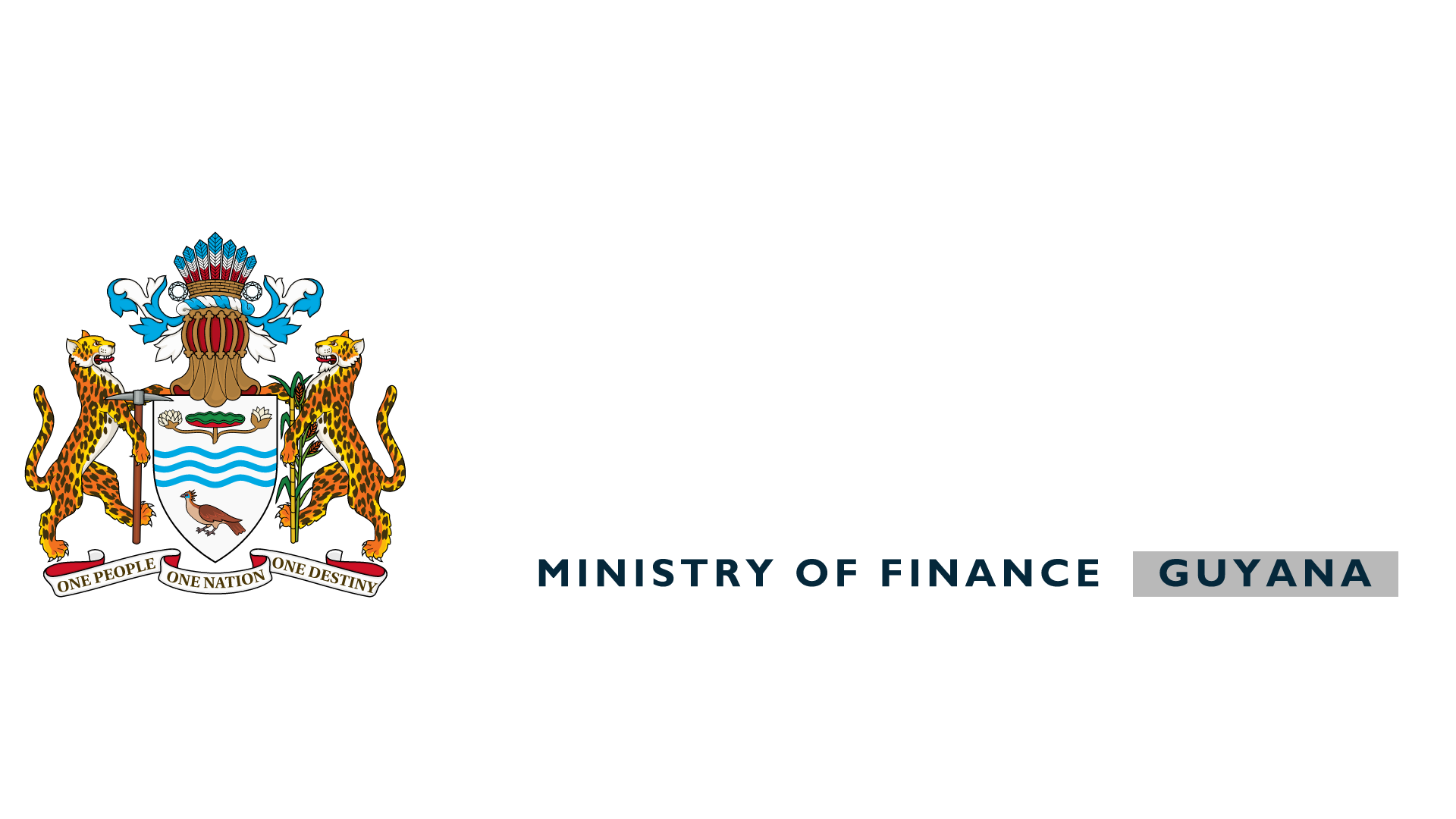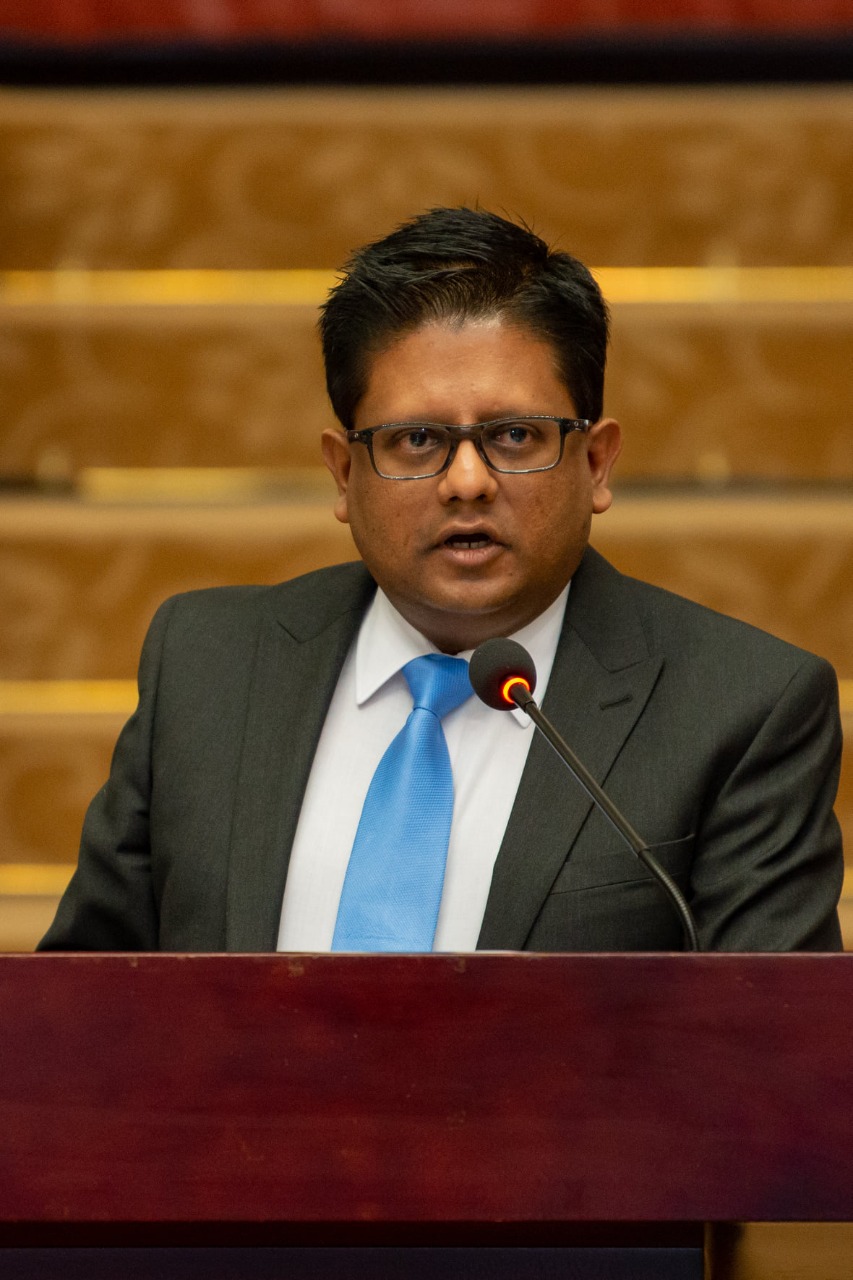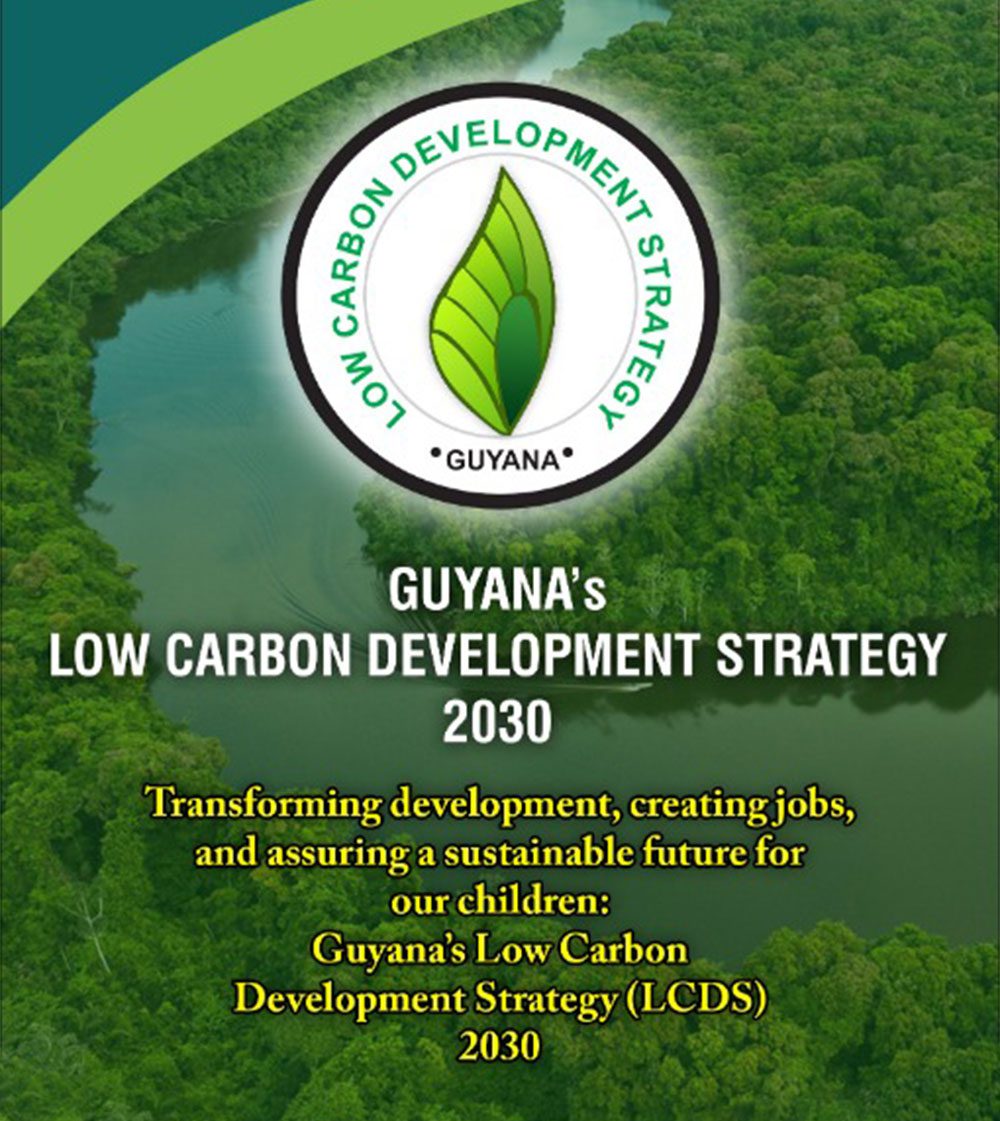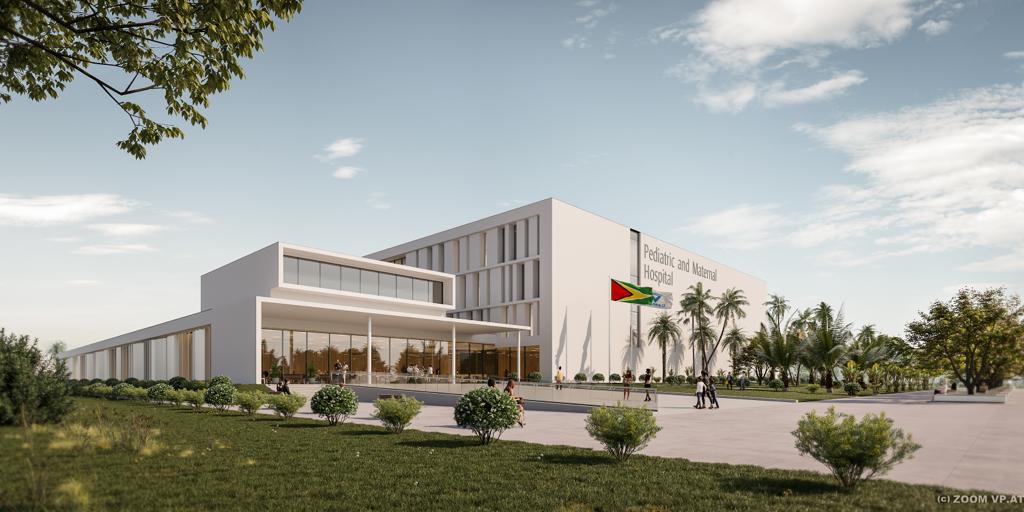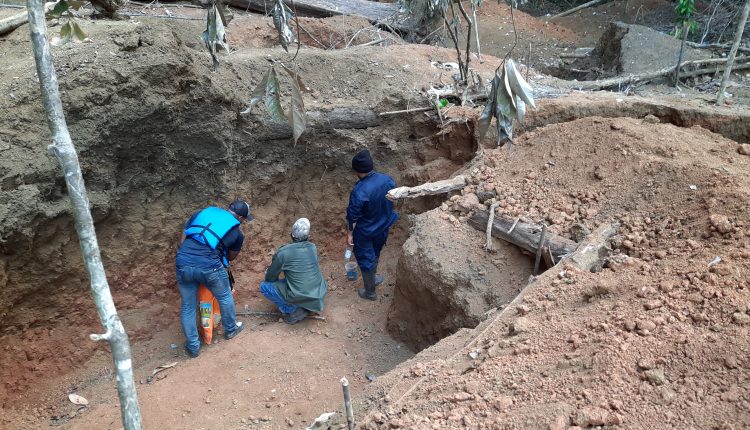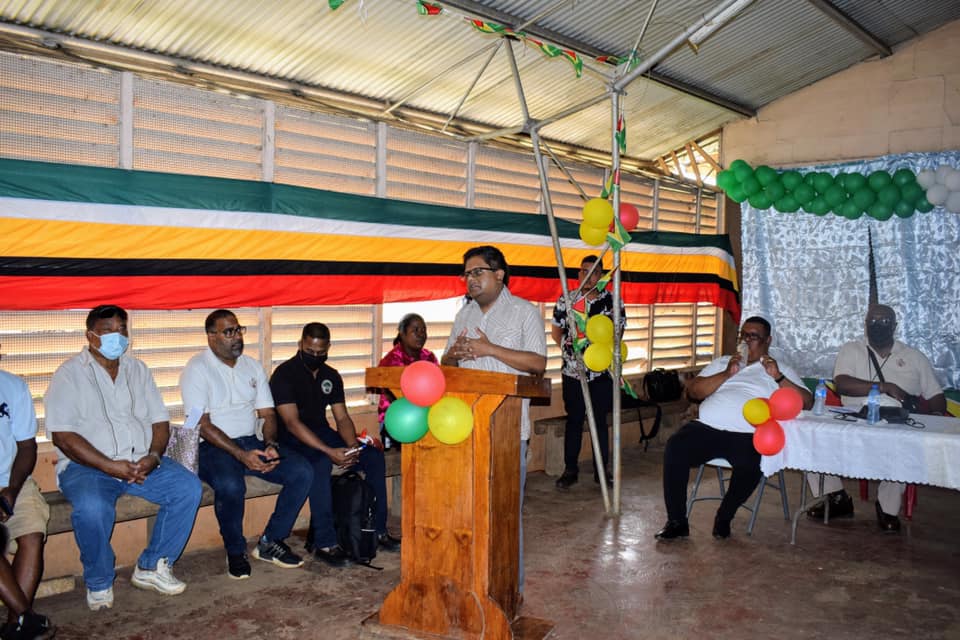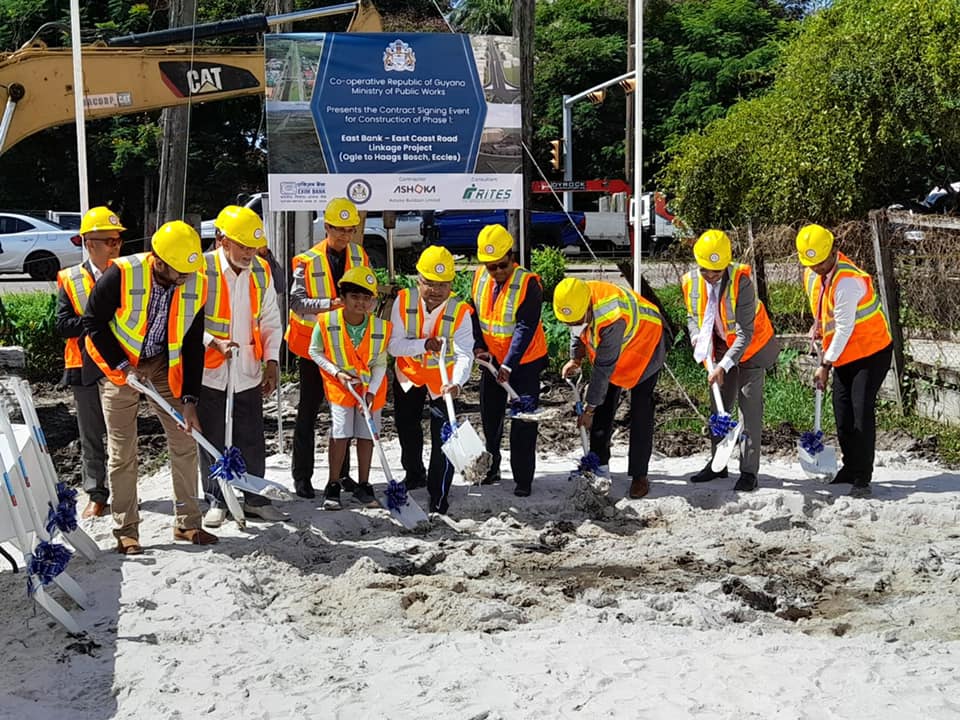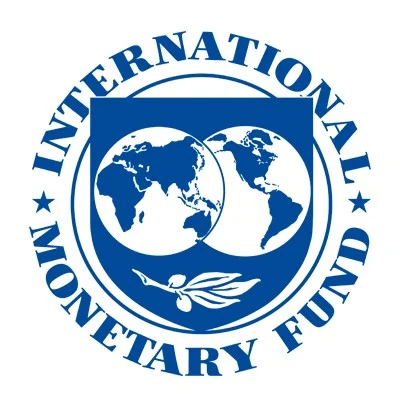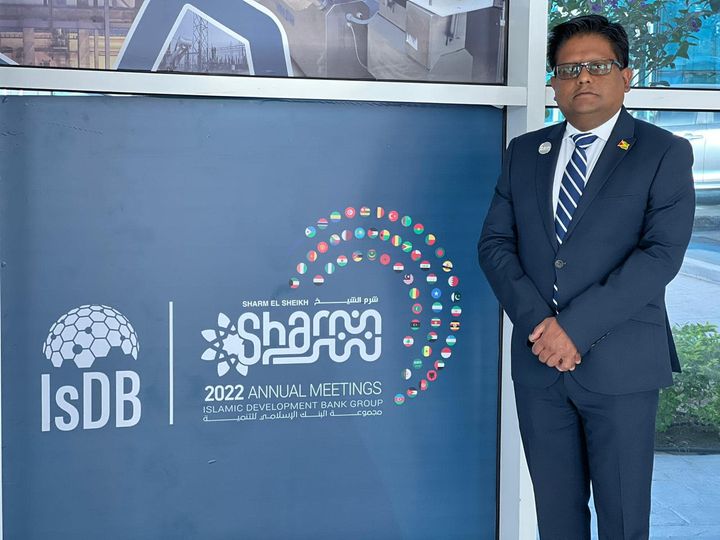Georgetown, Ministry of Finance, July 21, 2022: Supplementary funding to cater for a range of developmental initiatives countrywide including to provide additional resources for Amerindian and Hinterland Communities, Infrastructural Development in new and existing housing schemes and improvement and expansion of Coastal and Hinterland water supply among many other areas, were today sought when Senior Finance Minister Dr. Ashni Singh presented a Supplementary Appropriation Bill to the National Assembly during the 48 th Sitting of the 12th Parliament.
The Supplementary Bill comprised Financial Paper Number 1 of 2022 totalling $44.8 billion which will see $21 Billion being spent in the Housing and Water sector for infrastructural development in new and existing housing schemes and improvement and expansion of coastal and hinterland water supply; $5.5 Billion for the Agriculture Sector for various provisions including additional resources for the Black Belly Sheep project and the provision of additional resources for drainage and irrigation interventions and support to the Sugar Industry; $307 Million for the education sector for the provision of additional resources to facilitate the purchase of school furniture consequent to the reopening of schools in the new COVID environment, the provision of additional resources to facilitate the construction of a primary school in Wakenaam.
Meanwhile, under the Ministry of Public works, $4.4 Billion was identified for various programmes under this sector including for the provision of additional resources to facilitate the upgrading of roads and drains in various communities, additional resources to facilitate the advancement of preliminary works to support the road linkage project, and resources to complete critical sea and river defence works.
Under the Ministry of Amerindian Affairs, over $3 Billion is catered for to provide for additional resources to support Amerindian and Hinterland Communities, while for the Ministry of Public Service, $250 million is provided for to allow for additional resources for the Guyana Online Academy of Learning (GOAL) scholarships and $700 million provided for public assistance to citizens living with permanent disabilities under the Ministry of Human Services and Social Security. The initiatives being provided for cover a range of sectors, as Government continues to make efforts to transform and improve the lives of Guyana’s citizens.
